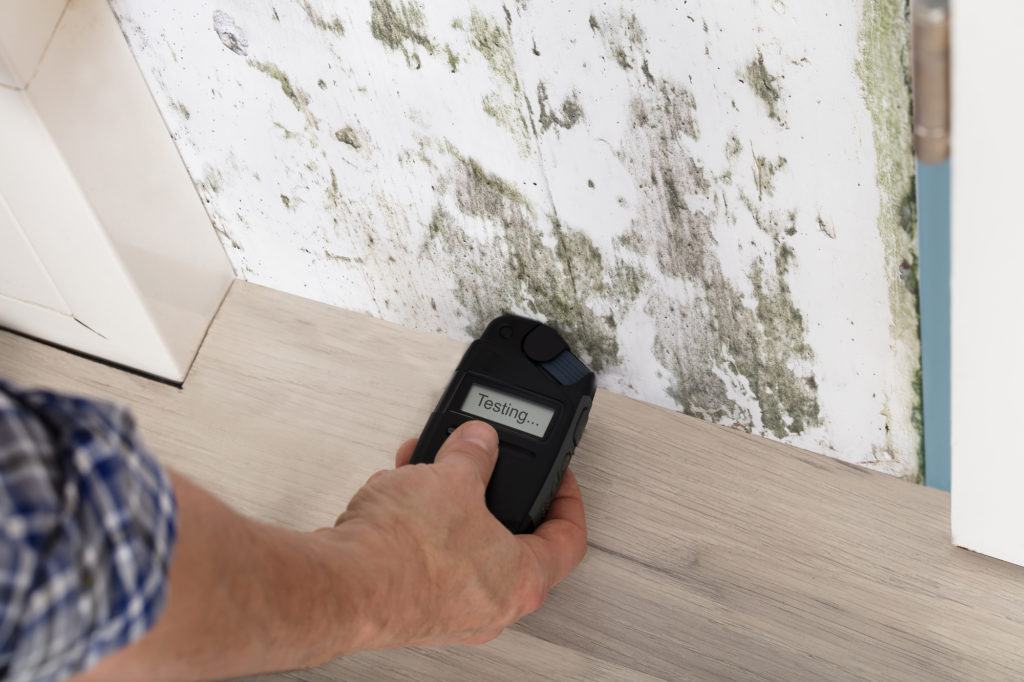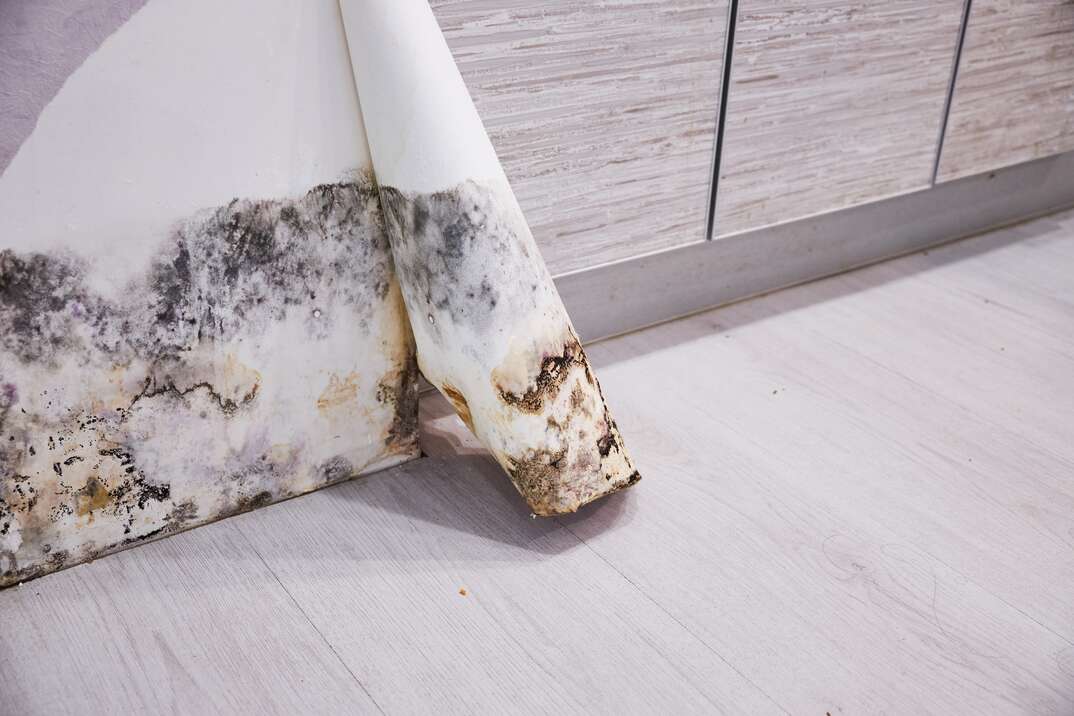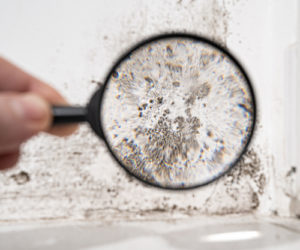Testing Air Quality After Mold Remediation
Testing Air Quality After Mold Remediation
Blog Article
Your Ultimate Overview to Post Mold And Mildew Remediation Techniques
Navigating the world of post-mold removal strategies is a precise procedure that requires interest to detail and a detailed understanding of the complexities involved. In the consequences of mold infestation, knowing just how to effectively eliminate the mold and mildew and stop its reoccurrence is vital for maintaining a healthy and balanced indoor environment. From picking the best cleaning and sanitizing methods to implementing methods for long-lasting mold avoidance, each action in the remediation trip plays a crucial duty in making sure a successful result. As we start this exploration of post-mold removal methods, we will certainly reveal the crucial strategies and ideal practices that can help you restore your area to its pre-mold problem and protect it versus future mold and mildew dangers.
Recognizing Post-Mold Removal Process
After finishing the mold and mildew remediation procedure, it is critical to understand the post-mold removal techniques that are required to ensure a efficient and detailed cleaning. When the mold has been eliminated, the following action includes cleaning and decontaminating the influenced locations to avoid any type of regrowth of mold. This consists of using specialized cleansing representatives to wipe down surface areas and eliminate any type of remaining mold and mildew spores. It is important to dry the location totally to discourage the growth of mold and mildew in the future (Post Mold Remediation Report). Proper air flow and dehumidification can help in this procedure.
Additionally, carrying out a last inspection post-remediation is vital to ensure that all mold has been effectively removed. If the assessment exposes any type of lingering mold, additional removal might be essential.
Reliable Cleaning and Disinfecting Methods

Avoiding Future Mold Growth

Importance of Correct Ventilation
Correct air flow plays an important function in preventing dampness buildup, a vital consider mold and mildew development within indoor settings. Efficient air flow systems assist get rid of excess humidity from the air, reducing the opportunities of mold and mildew spores finding the wetness they need to look at this website sprout and spread. Without appropriate ventilation, interior rooms can come to be a breeding place for mold and mildew, causing potential wellness risks and architectural damage.
By making certain proper air flow, ventilation systems can additionally help in drying out wet areas much more rapidly after water damages or flooding incidents, additionally hindering mold development. After mold remediation. Precede like restrooms, kitchen areas, attic rooms, and cellars where wetness degrees often tend to be higher, installing and maintaining effective ventilation systems is vital in preventing mold invasions

Monitoring and Upkeep Tips
Offered the important function that proper ventilation plays in avoiding mold and mildew growth, it is crucial to establish efficient monitoring and upkeep ideas to ensure the ongoing performance of air flow systems. Routine evaluations of air flow systems ought to be their website carried out to check for any type of signs of clogs, leaks, or breakdowns that might restrain appropriate airflow. Tracking moisture levels within the residential or commercial property is additionally important, as high moisture can contribute to mold development. Setting up a hygrometer can aid track humidity levels and sharp home owners to any type of spikes that might require interest. In addition, making sure that air filters are on a regular basis cleaned or replaced is necessary for maintaining the effectiveness of the ventilation system. Carrying out a schedule for routine maintenance jobs, such as air duct cleaning and HVAC system assessments, can aid prevent problems prior to they escalate. By staying attentive and proactive to the condition of air flow systems, home proprietors can properly minimize the risk of mold regrowth and preserve a healthy and balanced interior setting.
Final Thought
Finally, post-mold remediation techniques are crucial for making certain a secure and tidy setting. Comprehending the process, implementing reliable cleaning and disinfecting methods, preventing future mold growth, keeping correct air flow, and routine monitoring are all critical actions in the remediation process. By adhering to these guidelines, you can efficiently eliminate mold and mildew and stop its return, promoting a healthy and balanced living or working room for all passengers.
In the consequences of mold and mildew invasion, understanding how to successfully eradicate the mold and mildew and prevent its reoccurrence is extremely important for preserving a healthy indoor setting. Once the mold and mildew has actually been removed, the next action involves cleansing and disinfecting the affected locations to avoid any kind of regrowth of mold and mildew - testing air quality after mold remediation. After eliminating visible mold development, it is crucial to clean up all surface areas in the damaged area to remove any kind of remaining mold spores. To additionally boost mold avoidance actions, it is essential to deal with underlying problems that at first led to mold and mildew development.Given the vital function that correct ventilation plays in protecting against mold and mildew development, it is website here imperative to establish effective tracking and upkeep pointers to make certain the ongoing capability of ventilation systems
Report this page